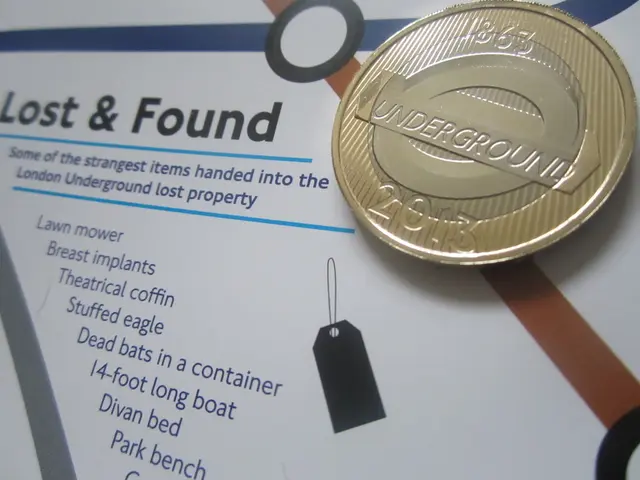Microsoft playfully criticizes macOS Tahoe's Liquid Glass redesign for mimicking the design of Windows Vista, but Apple may have the final say in this design debate.
A Jab at Apple's Liquid Glass - Microsoft's Not-So-Late Entry to the Party
Microsoft has taken a playful jab at Apple's Liquid Glass interface for macOS Tahoe 26, hinting at a familiar concept it popularized in the past. On its Instagram account yesterday, Microsoft shared a collection of Windows Vista screenshots, complete with nostalgic sound effects, along with the caption "Just gonna leave this here."
You might wonder what Microsoft is getting at. Well, Apple's Liquid Glass has drawn some heat for perceived reinvention of the concept of transparency - a glassy, translucent interface - which Microsoft actually introduced in the form of Windows Vista's Aero effect.
Let's not forget that Microsoft was the pioneer of translucent windows on the desktop back in the day, allowing users to see the background through them. After all, Aero's presence went beyond the Windows Vista era and can be seen in Windows 7 as well.
So, did Microsoft wait too long to weigh in? Perhaps, but it's only fair to note that the tech behemoth has a right to make a quip or two about macOS' apparent nod to an idea it initially introduced.
The Debate Over Copying or Innovating
Given the criticism Liquid Glass has faced, it's worth considering if Apple truly deserves the accusation of being unoriginal and dated with its UI innovation. To answer that question, let's consider some factors.
First and foremost, while there are clear visual parallels between Liquid Glass and Aero, it is important to note that what Apple is doing is not merely a copy of Windows Vista or 7. The contemporary tech landscape allows for a superior implementation of transparent interface elements, ensuring smooth responsiveness.
Moreover, Apple's Liquid Glass appears to be a more sophisticated, thoughtfully designed execution than its predecessor. There are intricate details in the way light passes through the interface and interacts with its elements. Granted, it's still early to pass definitive judgment, but Aero it is not.
That said, there are still valid concerns to be addressed, such as diminished accessibility and potential loss of clarity in the Liquid Glass design. We'll have to wait and see how Apple's execution addresses these concerns throughout the user experience.
In Conclusion
Microsoft's retort to Apple's Liquid Glass is, at its core, a playful nostalgic nod to the past. However, it's essential to understand that while there are similarities between the two interfaces, Liquid Glass is an evolution and improvement upon the idea of transparency, taking advantage of modern technology and design principles.
Ultimately, Apple's goal with Liquid Glass is to create a cohesive user experience across its ecosystem, and the initial response indicates that function and form are as important as the visual aesthetic. So, while Microsoft's Aero Glass served as inspiration, the real question is whether Apple can make Liquid Glass a true innovation in the realm of desktop operating systems.
Bonus Tips and News:
- Discover the features of macOS Tahoe 26 - Get the lowdown on this new macOS release.
- Reviving Old Windows PCs with Linux - Turn your legacy Windows 10 PC into a modern machine with the help of Linux.
- AI Shortcuts in Windows 11 - Windows 11 is introducing more AI-powered shortcuts, but is the technology spiraling out of control? Find out more!
Insights:- Apple's Liquid Glass shares similarities with Microsoft's Aero Glass in terms of transparency and visual aesthetics, but it is not a direct copy.- Microsoft's response to Apple's Liquid Glass is playful and references its contribution to the concept of glassy, translucent interfaces.- While there has been criticism of Apple's interface design, Liquid Glass represents an evolution and improvement of the concept, taking advantage of modern technology and design principles.
- The debate over Apple's Liquid Glass interface for macOS Tahoe 26 and its similarities with Microsoft's Aero Glass from Windows Vista has sparked, with some accusing Apple of being unoriginal.
- However, it's crucial to acknowledge that while Liquid Glass shares visual resemblance, it's an evolution and improvement upon the idea of transparency, using modern technology and design principles.







